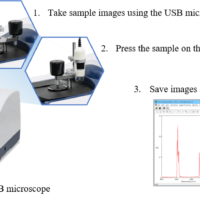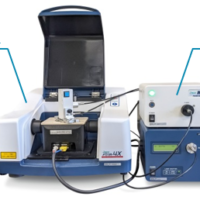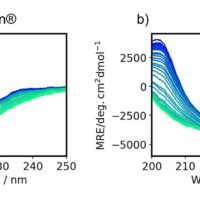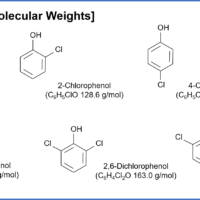Introduction
In IR spectrometry, the ATR method has been applied to obtain the surface information of sample by contacting the sample with crystal. Most of commercially available ATR accessories allow the users to work on the sample contact with crystal only manually, while we, JASCO have developed the auto-contact ATR including auto drive mechanism to contact the sample with ATR crystal. In the auto contact ATR, the contact pressure among crystal and sample can be controlled with good reproducibility. Such capability has been applied to the measurement of brittle sample or we have simulated an acceptance inspection by using this auto contact ATR with “judgment of acceptance” function that is the one of the standard functions in VIR unit (See the article).
In this article, the auto contact ATR has been applied to the monitoring of spectral change by changing of number of contact with sample such as granular gum.
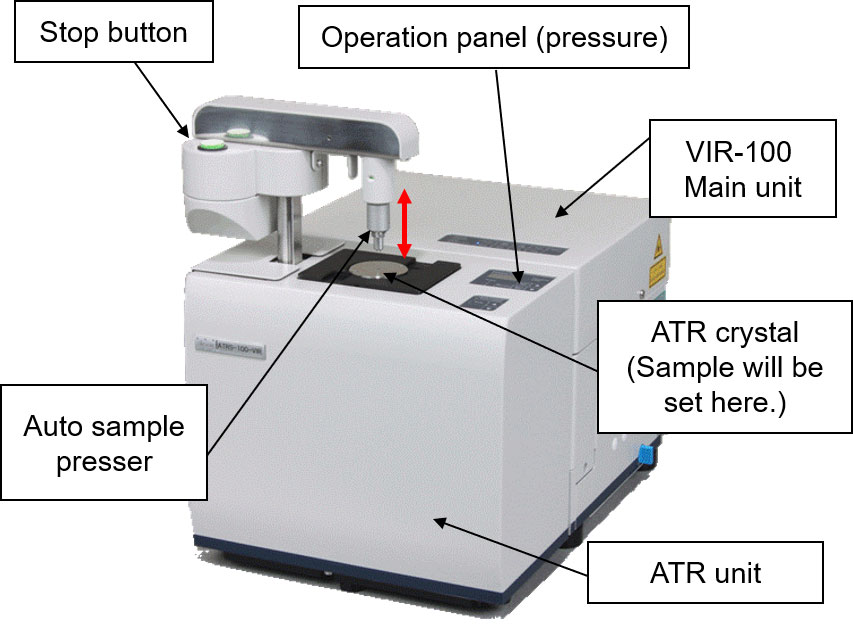
Versatile FTIR spectrometer
Experimental
Several kind of chewing-gum having different shape such as stick or granular and unique mouthfeel or longer duration of taste are commercially available. If such mouthfeel or sensory evaluation can be measured as actual number, it is possible for the measurement system to be applied to the evaluation of food product. In this article, we have tried to duplicate the chewing behavior of human by using an Auto-contact ATR with a granular gum placed on the ATR crystal. The biting strength of normal adult male is approximately 65 kg that is equivalent to 4.6 kg per one set of teeth. Therefore, the 4.6 kg contact pressure of crystal with sample was applied to the measurement. To duplicate the chewing behavior, the sample presser drove repeatedly 100 times and, the IR spectrum at every pressing obtained. Such a series of measurement can automatically be carried out by using of Auto-contact ATR with repeat measurement function of Spectra Measurement program in VIR system.
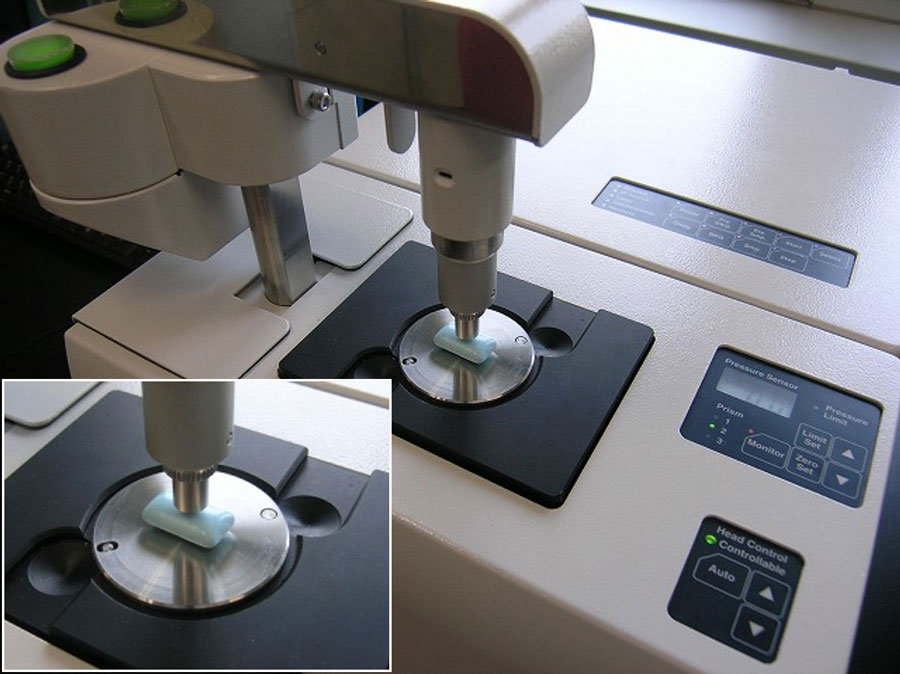
Figure 1. Granular gum place on ATR crystal
Measurement conditions
Mode: ATR (ZnSe crystal)
Resolution: 4 cm-1
Detector: DLATGS
Accumulation: 16 times
Number of repeat of sample presser drive: 100 times
Contact pressure: 260 kg/cm2 (Applied pressure on crystal surface)
Equivalent to 4.6 kgf (applied pressure on sample)
Results
Every IR spectrum up to 10 times of presser drive was shown in Figure 2 and, the IR spectrum at every 10 time drive of 100 time drive was shown in Figure 3.
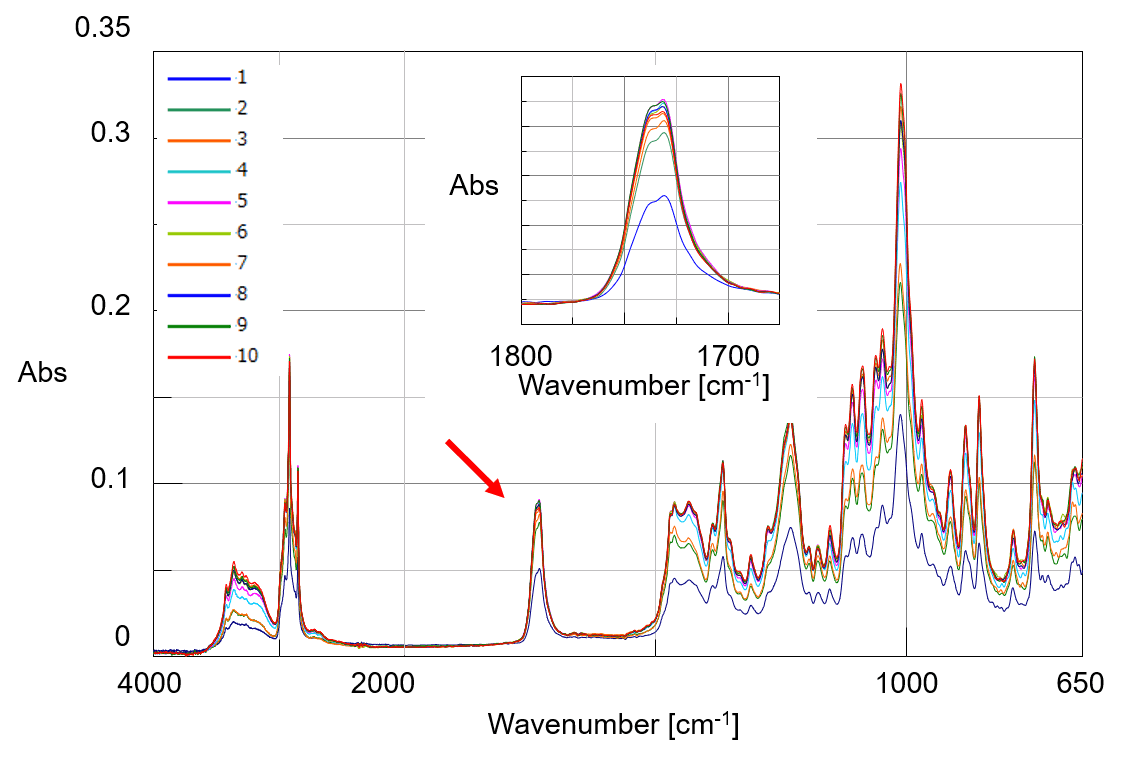
Figure 2. IR spectra in first 10 trials
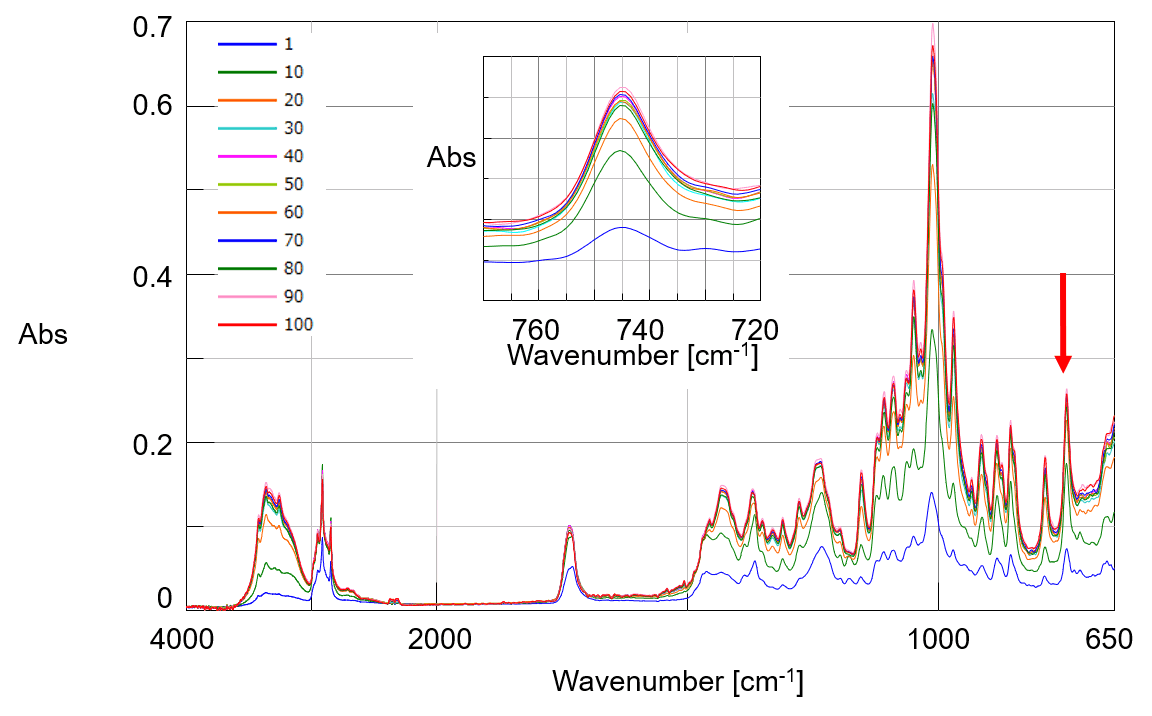
Figure 3. IR spectra at every 10 trials of 100 trials.
The peaks derived from esters were appeared at near 1740cm-1 and 1235cm-1. These results indicate that the gum base included the vinyl acetate. Also the peak derived from xylitol was observed at near 745cm-1. These characteristic peaks were used for monitoring the change of gum base and ingredient.
The change of peak intensity at 1740 cm-1 was shown in Figure 4. The intensity increased in the first 5 measurements and, it became stable later.
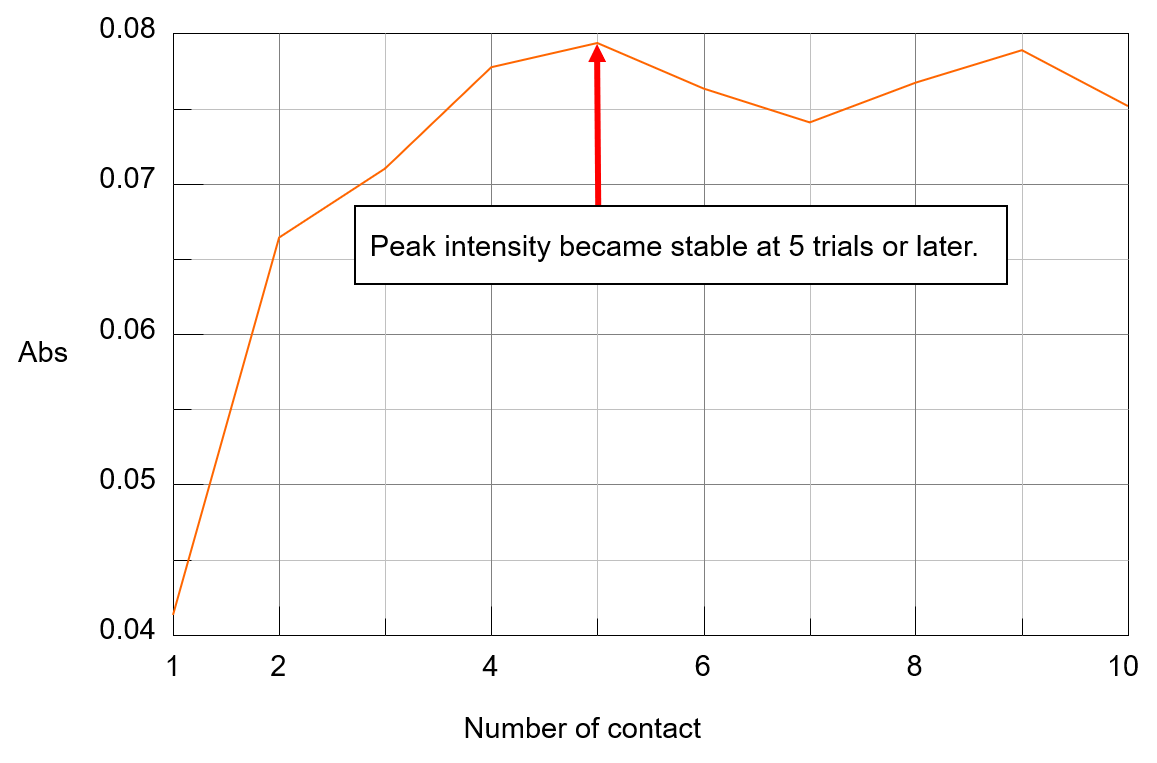
Figure 4. Change of peak intensity at 1740cm-1(vinyl acetate)
The monitoring of peak intensity at 745cm-1(xylitol) was indicated in Figure 5. The intensity gradually increased up to about 40 measurements, while it became stable later. These results suggest that the gum base can get to fit teeth relatively early chewing and, the taste (xylitol) will be seeped out gradually.
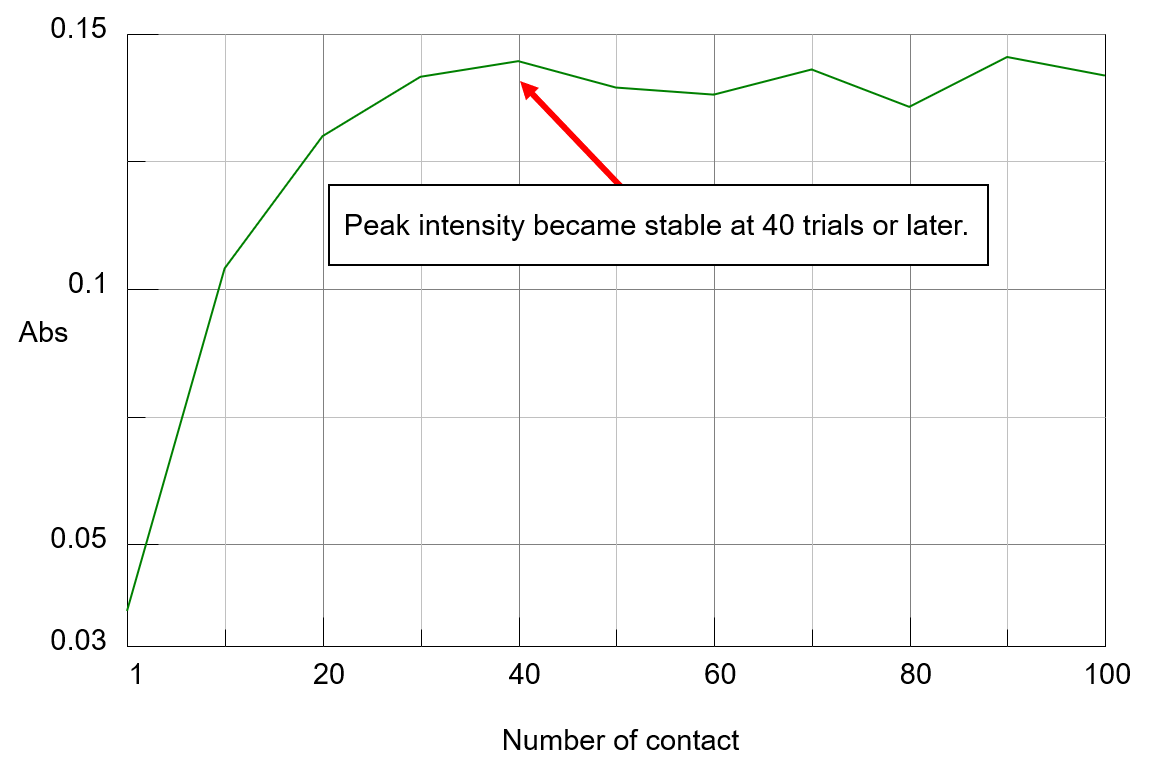
Figure 5. Change of peak intensity at 745cm-1(xylitol)
As you can see, the Auto-contact ATR can be the effective tool to simulate the dynamic analysis of food samples such as chewing-gum. Further application to this demonstration, the constant temperature ATR measurement at 37ºC with doping of enzyme such as amylase into sample will be considered so that the measurement conditions will be close to the conditions in the mouth.

